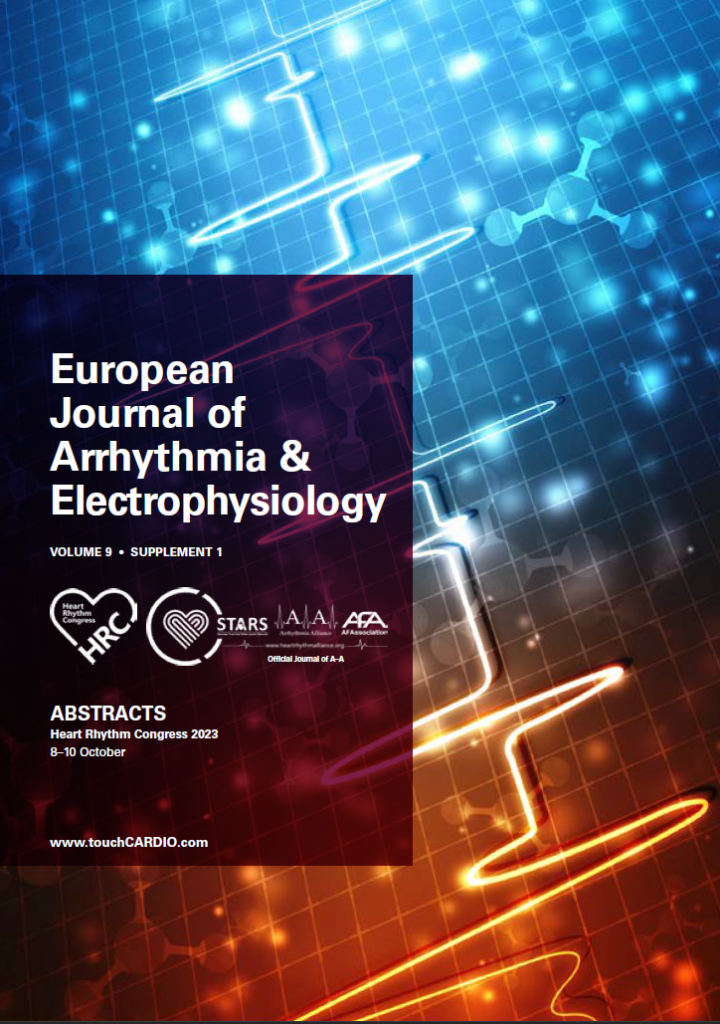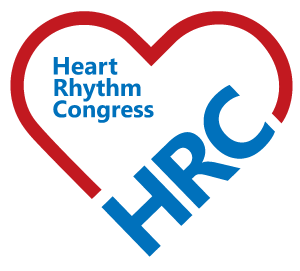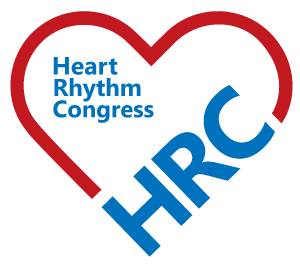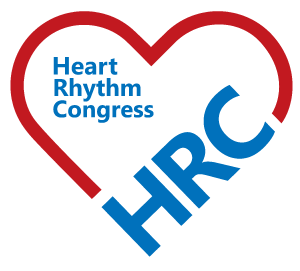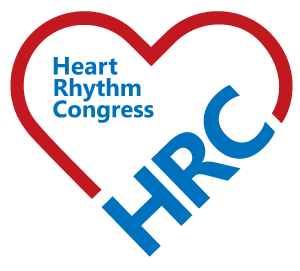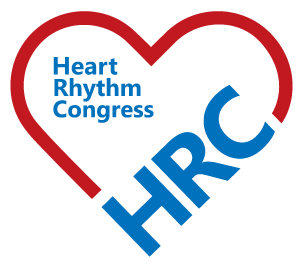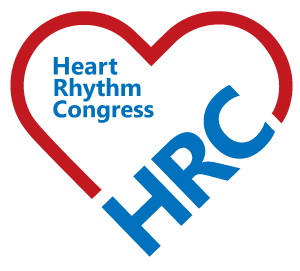EUROPEAN JOURNAL OF ARRHYTHMIA & ELECTROPHYSIOLOGY – VOLUME 9 SUPPLEMENT 1 – 2023
The official abstracts from the Heart Rhythm Congress (HRC) 2023
Young Investigators Competition
Oral Abstracts 1
Oral Abstracts 2
Oral Abstracts 3
Moderated Posters 1
Moderated Posters 2
Posters 1
Posters 2





